The NHL Draft can be a bit of a crapshoot. Even the best prognosticators of talent make mistakes from time to time.
Teams spend months scouting the best young players in the world, gathering as much information as they can so that when they’re on the clock, they can make the pick they believe can turn their franchise around.
No team is immune from making a disastrous mistake, though. Whether it’s the Chicago Blackhawks taking Keith Brown one spot ahead of Ray Bourque in 1979, the Ottawa Senators taking Alexandre Daigle at number one instead of Chris Pronger in 1993, or something as recent as the Vancouver Canucks taking Olli Juolevi ahead of Matthew Tkachuk in 2016, these types of near-misses gnaw at fans for years.
That’s what we’ll be looking at in this exercise: the biggest near-misses in Buffalo Sabres draft history.
What We’re Looking For
To be clear: this isn’t a list of the worst draft picks in Buffalo history — so, no, Marek Zagrapan will not be making an appearance here. Instead, we’re looking at the cases when the Sabres barely missed out on selecting a star player.
These selections will be limited to the first round; once you get into the star players that went in Round 2 or later, you’re talking about guys that every team could have selected.
You may also like:
- Owen Power Leads Sabres to 3-2 Comeback Win Over Ducks
- Projected Lineups for the Sabres vs Ducks – 11/22/24
- Buffalo Sabres GM Kevyn Adams Should Be on the Hot Seat
- LA Kings Game Notes: 1-0 Loss to Sabres in Tight, Low-Event Game
- 3 Takeaways From Sabres’ 1-0 Win Over the Kings
There will also be more emphasis placed on higher picks — a moderate miss at third overall is more impactful than a big miss at 21st overall.
Finally, we’re limiting the gap between picks to two spots. For example, the Sabres took Mark Pysyk 23rd overall in 2010 when they could have selected Evgeny Kuznetsov. But Kuznetsov wasn’t selected until 26th overall; to me, that doesn’t quite qualify as a near-miss.
5. Alexander Nylander Over Mikhail Sergachev, 2016
There might be a bit of recency bias coming into play here, but this is one pick that proved to be a poor one pretty quickly.
The Sabres were coming off back-to-back drafts with the second-overall pick, taking Sam Reinhart and Jack Eichel. Many fans thought that with another top-10 selection in 2016, it might make sense to take a promising defenseman.
But Nylander had one of the best skillsets in the draft class, had impeccable bloodlines, and figured to add even more explosiveness to Buffalo’s young forward group.
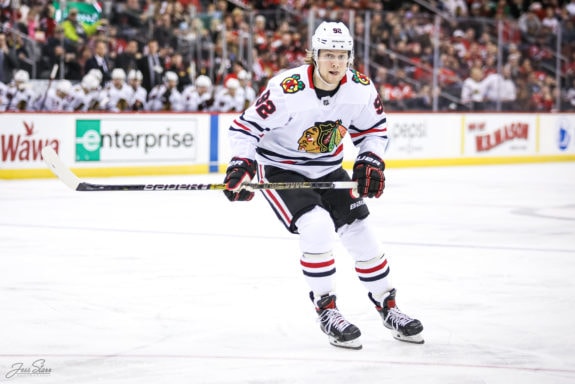
Instead, the young Swede played in 19 games across three seasons in Buffalo, scoring just three goals and six points while routinely looking overmatched against NHL competition. Sergachev, meanwhile, has topped 30 points in each of his three full NHL seasons and played a pivotal role in the Tampa Bay Lightning’s run to the Stanley Cup.
Buffalo was able to swap Nylander for another promising young blueliner in Henri Jokiharju. But this is one instance where the Sabres could have added a difference-maker to a blue line that has been sorely lacking them in recent years.
4. Sam Reinhart Over Leon Draisaitl, 2014
I can see this one being a bit controversial.
At the time of the 2014 Draft, defenseman Aaron Ekblad was cemented as the no-doubt first-overall pick. There was a bit more debate surrounding who should go second, but the majority of experts saw Reinhart as a better prospect than Draisaitl. An elite hockey mind coupled with a fantastic showing for Team Canada at the World Junior Championship made Reinhart the most-coveted forward in the draft.
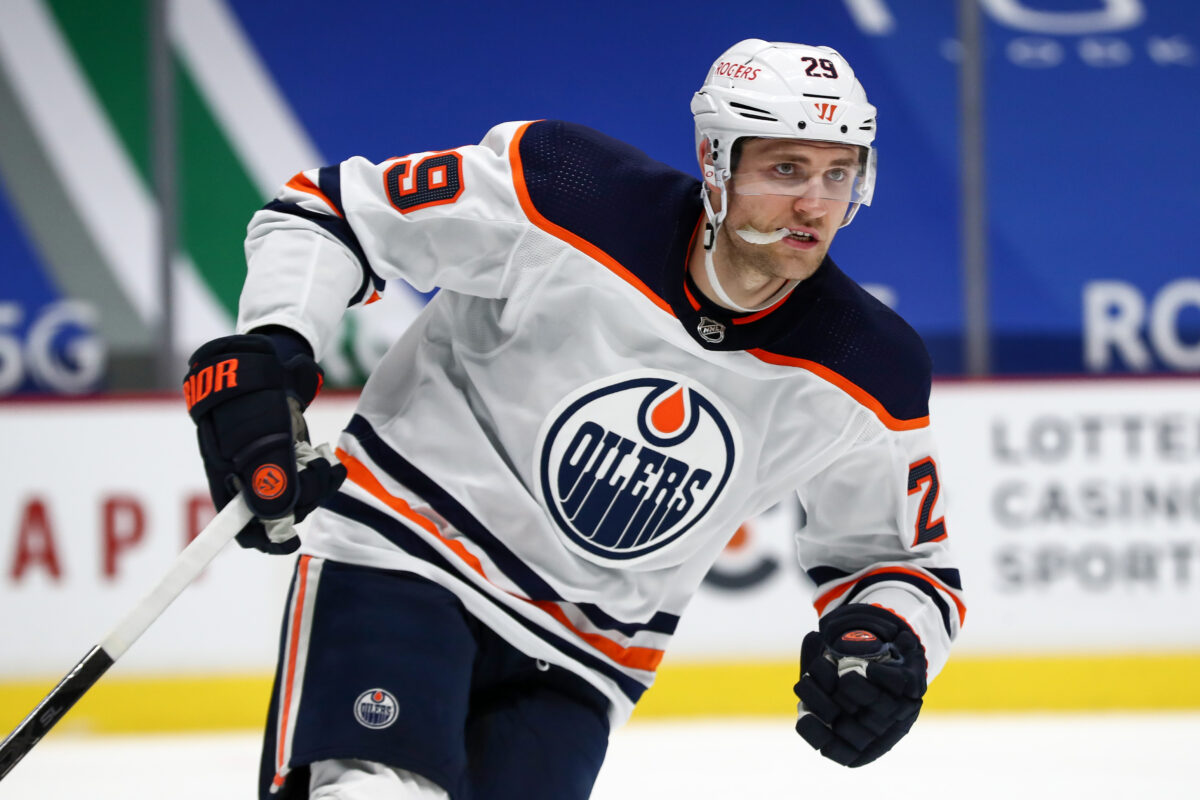
For the record, Reinhart is not a bust. Far from it — the 24-year-old has scored at least 50 points in each of the last three seasons, and his career per-82-game totals amount to 22 goals, 30 assists, and 52 points. Maybe not quite the numbers you’re looking for from a second-overall pick, but still legitimate top-six production
But Draisaitl has emerged as an NHL superstar — the winner of the 2019-20 Hart and Art Ross trophies has scored a whopping 215 points in 153 games over his last two seasons, and doesn’t figure to slow down any time soon.
3. Morris Titanic Over Rick Middleton, 1973
Say the name “Morris Titanic” to any Sabres fan of a certain age, and you’re likely to elicit a visible reaction — and not a good one. One of the very worst draft picks in team history, Titanic was taken 12th overall in 1973 after lighting it up with the Sudbury Wolves of the Ontario Hockey League. Buffalo hoped he would eventually join the burgeoning French Connection Line that was already finding success early in the Sabres’ existence.
Instead, Titanic played in just 19 NHL games and scored zero — repeat ZERO — points before back issues torpedoed his playing career.
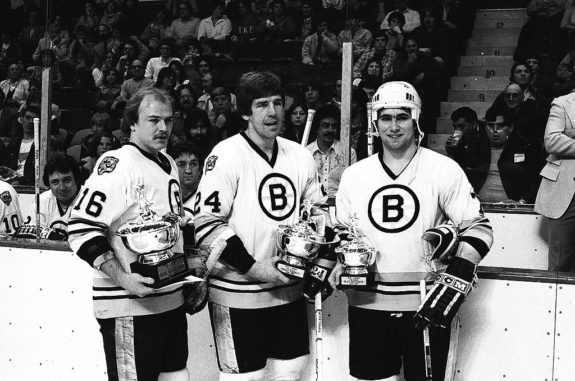
Meanwhile, Middleton, who was taken by the New York Rangers two spots later at 14th overall, would go on to have a borderline-Hall of Fame career playing primarily for the Boston Bruins. A 1,000-game player (1,005), Middleton was a three-time All-Star, won the Lady Byng Trophy in 1981-82, had two 100-point seasons, is 62nd all time in goals (448), 92nd in points (988), and boasts the seventh-best shooting percentage in NHL history (19.7%).
2. Shawn Anderson Over Vincent Damphousse, 1986
This might not be the first pick to come to mind when thinking of Buffalo draft whiffs, but considering how high this one was, it earns a spot in the top two.
In an extremely weak draft class that only ended up producing one Hall-of-Famer (Brian Leetch at ninth overall), the Sabres took Canadian defenseman Shawn Anderson at fifth.
He had a fairly promising rookie season in 1986-87, scoring 13 points in 41 games, but never really improved from that point on. Anderson would finish his career with 62 points in 255 games spent with the Sabres, Washington Capitals, Quebec Nordiques, and Philadelphia Flyers.
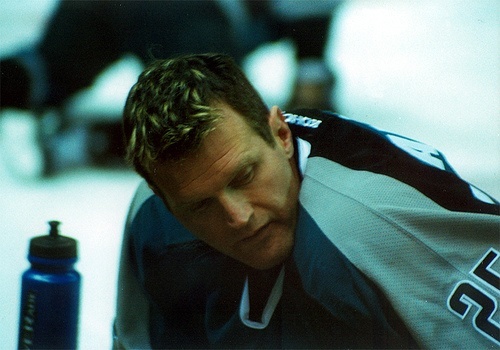
Damphousse, while not a superstar, had a Hall of Very Good career, playing in 1,378 games (45th all-time) with the Montreal Canadiens, San Jose Sharks, Toronto Maple Leafs, and Edmonton Oilers, scoring 432 goals (72nd), 773 assists (39th), and 1,205 points (48th), appearing in three All-Star Games, and winning a Stanley Cup with Montreal in 1993.
1. Ric Seiling Over Mike Bossy, 1977
In fairness to the Sabres, there were a lot of mistakes made in the underwhelming 1977 Draft — the only player remotely close to Bossy in quality who was picked before him at 15th overall was Doug Wilson at sixth overall. However, any time you miss out on selecting arguably the greatest pure goal-scorer in NHL history by one measly pick, it’s going to hurt.
For what it’s worth, Seiling was a solid player — the 14th-overall pick played in 738 career games (664 with Buffalo), scored 387 points, and was a reliable two-way forward.
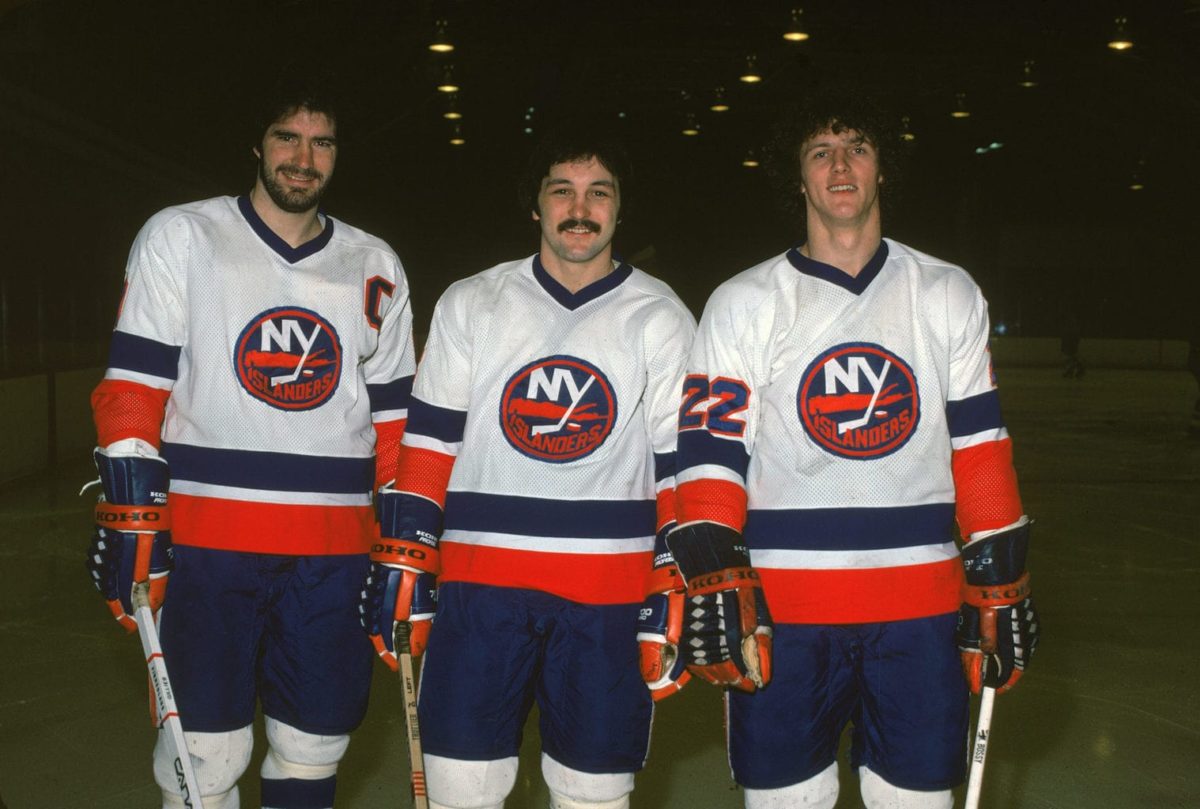
But then you take a look at Bossy’s resume: 573 goals, 0.76 goals per game (still the most all-time), four Stanley Cups, a Conn Smythe Trophy, three Lady Byng Trophies, the Calder Trophy, seven All-Star Game appearances, and five 60-goal seasons.
Then-Buffalo general manager Punch Imlach made the following defense of his decision to take Seiling instead of Bossy (from ‘Buffalo sports’ greatest what-ifs: What if Sabres had drafted Mike Bossy instead of Ric Seiling?’ Buffalo News, 4/4/2020):
“The last bloody thing we needed was another guy who could score goals,” Imlach wrote in his 1982 autobiography, “Heaven and Hell in the NHL.” “What we needed was to make the team more defensive-minded. That’s why I chose Ric Seiling over Bossy. Seiling had a checking ability and a willingness to mix it up.”
Imlach, quoted in The Buffalo News
It’s not an unfair argument. But can you imagine adding Bossy to a forward group that already featured Gilbert Perreault, Rick Martin, Rene Robert, Don Luce, and Craig Ramsay?
Sabres fans sure can, and it’s why this decision was the toughest near-miss in Buffalo’s draft history.